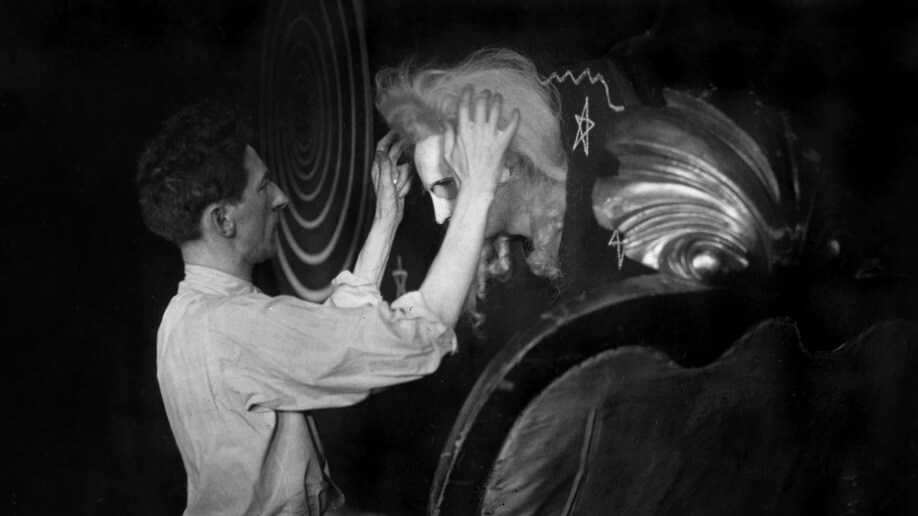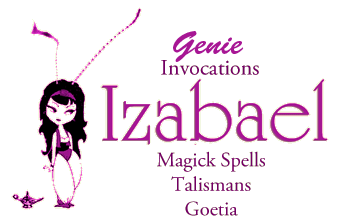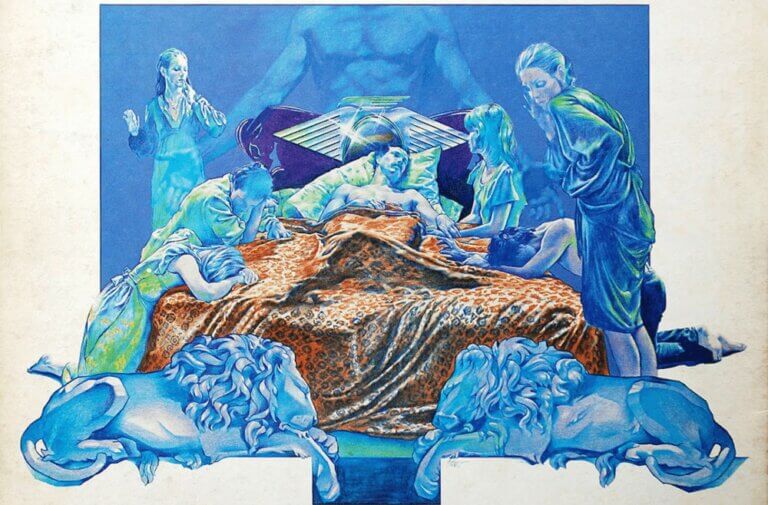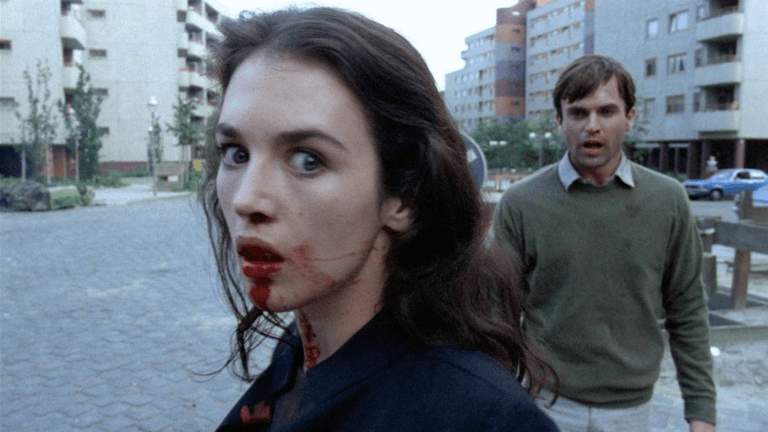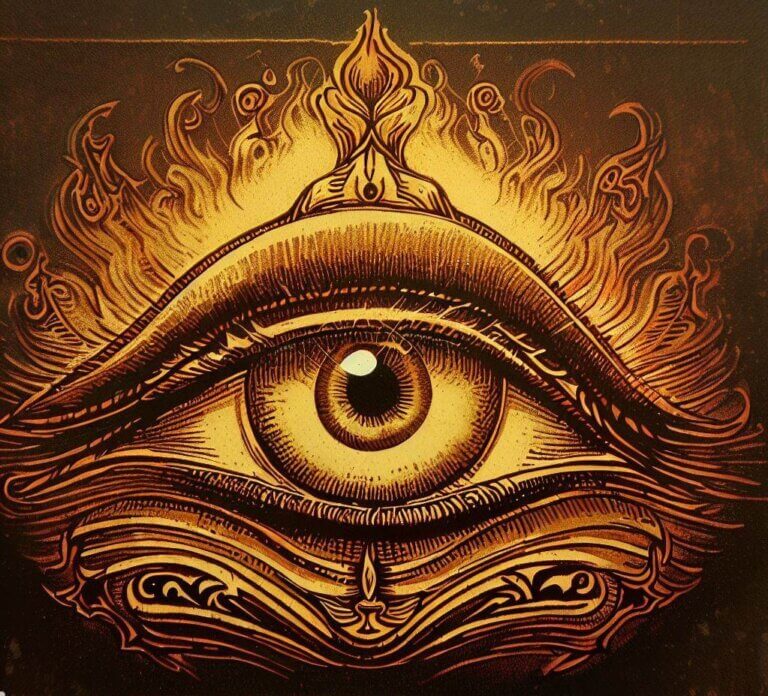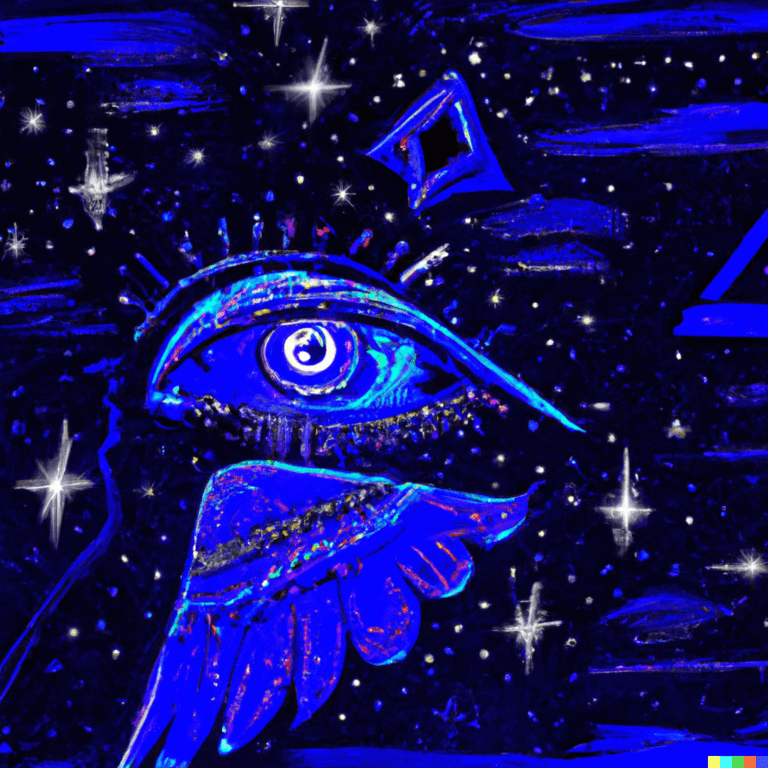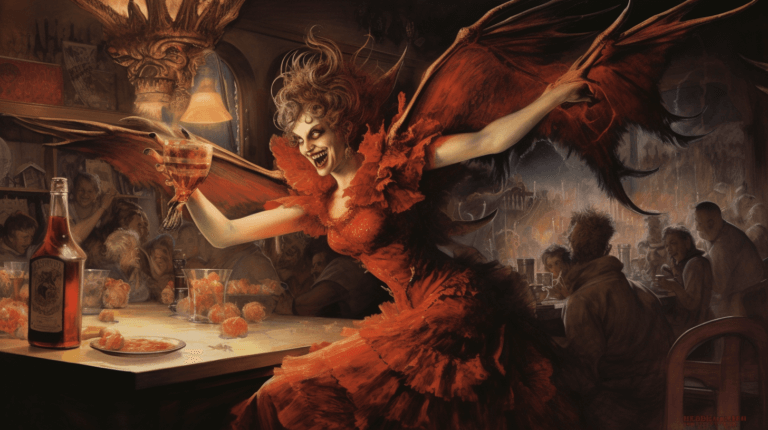OCCULT AND MAGICK IN MOVIES
The need for self-discovery and pursuit of life goals that people have tried to actualize by the practice of Occult and Magick has found its way into innovative movies, novels, performance arts, and comic books among others. Of all these experimental forms, movies have turned out as the major way in which Occult and Magick has influenced extensively.
For a long time, Magick and the occult have remained dominant topics for filmmakers for example, in horror movies. This is because applying their divine themes is an amazing way to present some ideas and talk about the unconscious mind and secret desires. In a nutshell, this is what describes all films as a genre.
To help you appreciate this, let’s look at some of the movies inspired by Occult and Magick in history.
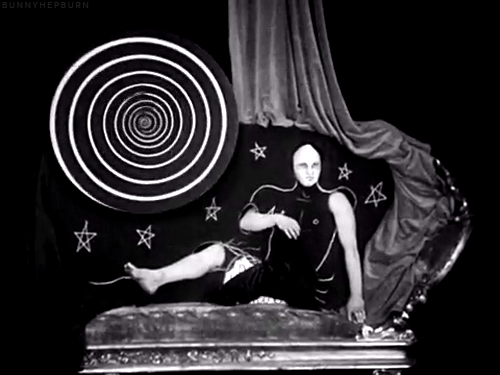 The Blood Of A Poet is an inspirational movie that is full of hallucinogenic prospects and hypnotic symbolism. The author of the movie was inspired to get into the mirror life where he interacts with peculiar persons like a hermaphrodite and an opium smoker. He attempts to kill himself but fails. Here, we experience the poetic meditation on the occult energy of ideas and the association of an opium smoker. With that, the movie by Jean Cocteau becomes interesting and continues to sparks the exploration of Magick and Occult.
The Blood Of A Poet is an inspirational movie that is full of hallucinogenic prospects and hypnotic symbolism. The author of the movie was inspired to get into the mirror life where he interacts with peculiar persons like a hermaphrodite and an opium smoker. He attempts to kill himself but fails. Here, we experience the poetic meditation on the occult energy of ideas and the association of an opium smoker. With that, the movie by Jean Cocteau becomes interesting and continues to sparks the exploration of Magick and Occult.
 Cat People-The film produced by Val Lewton predicted the future of women’s sexuality. At the time of its release, the movie got a lot of people shocked by a subdued woman called Irena who changes to a panther as she is sexually aroused. The woman claimed to originate the Serbian ancient tribe who applied witchcraft to shapeshift into cunning form. It is not known whether Irena is being real or she is just hysterical. All through, she left her audience doubtful. Also, other films by Lewton had some sense of thought-provoking depictions of the otherwise emotional subject at the time when magic and science appeared equally ridiculous.
Cat People-The film produced by Val Lewton predicted the future of women’s sexuality. At the time of its release, the movie got a lot of people shocked by a subdued woman called Irena who changes to a panther as she is sexually aroused. The woman claimed to originate the Serbian ancient tribe who applied witchcraft to shapeshift into cunning form. It is not known whether Irena is being real or she is just hysterical. All through, she left her audience doubtful. Also, other films by Lewton had some sense of thought-provoking depictions of the otherwise emotional subject at the time when magic and science appeared equally ridiculous.
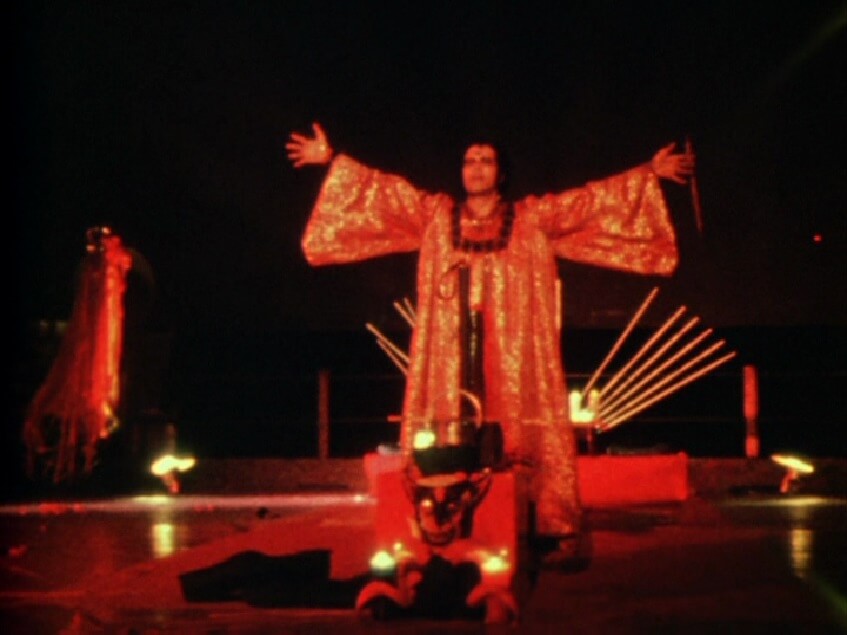 The Invocation of My Demon Brother– by Kenneth Anger that was released in 1969 is inspired by occult and Magick. The film had some elements of Kenneth Anger mesmeric visuals, many exposures, and lavish set pieces and most importantly, symbols and rituals from the magick system of Aleister Crowley. The Movie is chaotic and tense, however, fantastic and artistic.
The Invocation of My Demon Brother– by Kenneth Anger that was released in 1969 is inspired by occult and Magick. The film had some elements of Kenneth Anger mesmeric visuals, many exposures, and lavish set pieces and most importantly, symbols and rituals from the magick system of Aleister Crowley. The Movie is chaotic and tense, however, fantastic and artistic.
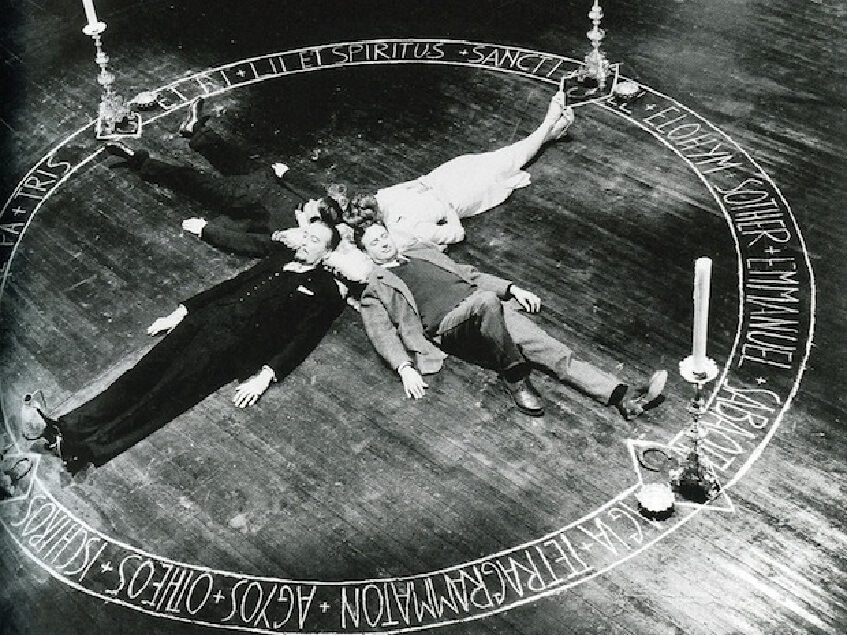 The Devil Rides Out is a film is about the impact of groups such as Thelema on Britain’s youth culture. Regardless of when the film took place (1920), it can be seen as an explanation of the impact of the neo-occult during the 1950s. The film starts with two youthful men involved in a ceremony to call upon the devil and their consequent liberation from the cultism by the famous occult investigator called Duke.
The Devil Rides Out is a film is about the impact of groups such as Thelema on Britain’s youth culture. Regardless of when the film took place (1920), it can be seen as an explanation of the impact of the neo-occult during the 1950s. The film starts with two youthful men involved in a ceremony to call upon the devil and their consequent liberation from the cultism by the famous occult investigator called Duke.
From the film, it could be implied that this was a kind of social commentary on occult’s impact on popular culture and the youth. The kind of effect of the social impression of the occult action is compelling in that it represents an encounter with the increasing importance of the society in these concepts and beliefs.
The movie describes the occult as an element to be fought and it exhibits a kind occult action is compelling in that it represents an encounter with the increasing importance of the society in these concepts and beliefs. Assuredly, this cannot be the first scenario where occult has been portrayed as something to be evaded, however, it is unusual in that someone who has constantly availed off of these concepts and myths can invert form and profit off of the panic of these notions.
The witch in most movies are terrifying, yes, nevertheless, the fear doesn’t originate from the essence of the witch as occult, but instead, the occult is terrifying integrated with nature as a way of preserving identity and the social integration of our nature with the world out of our judgment of ourselves.
Beside these instances where occult and magick elements have featured in movies, other numerous films use the same ideas. In a nutshell, the occult and magick are considered old culture but have had notable influence on the contemporary art. From the look of things, their imagery has managed to capture the interest of their audience as they can relate to them.
